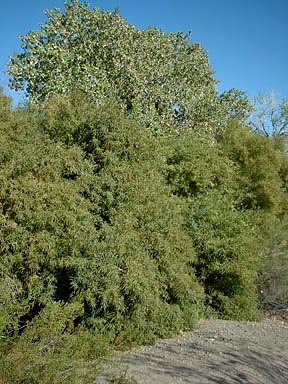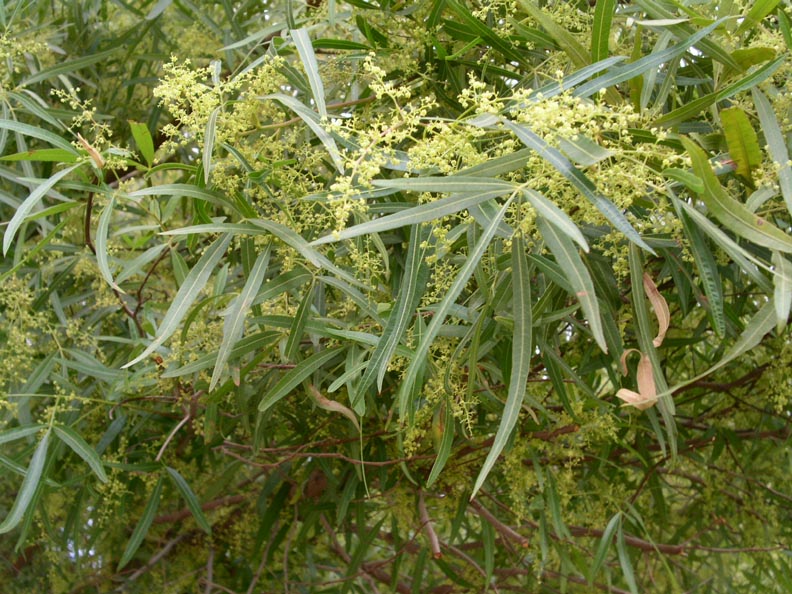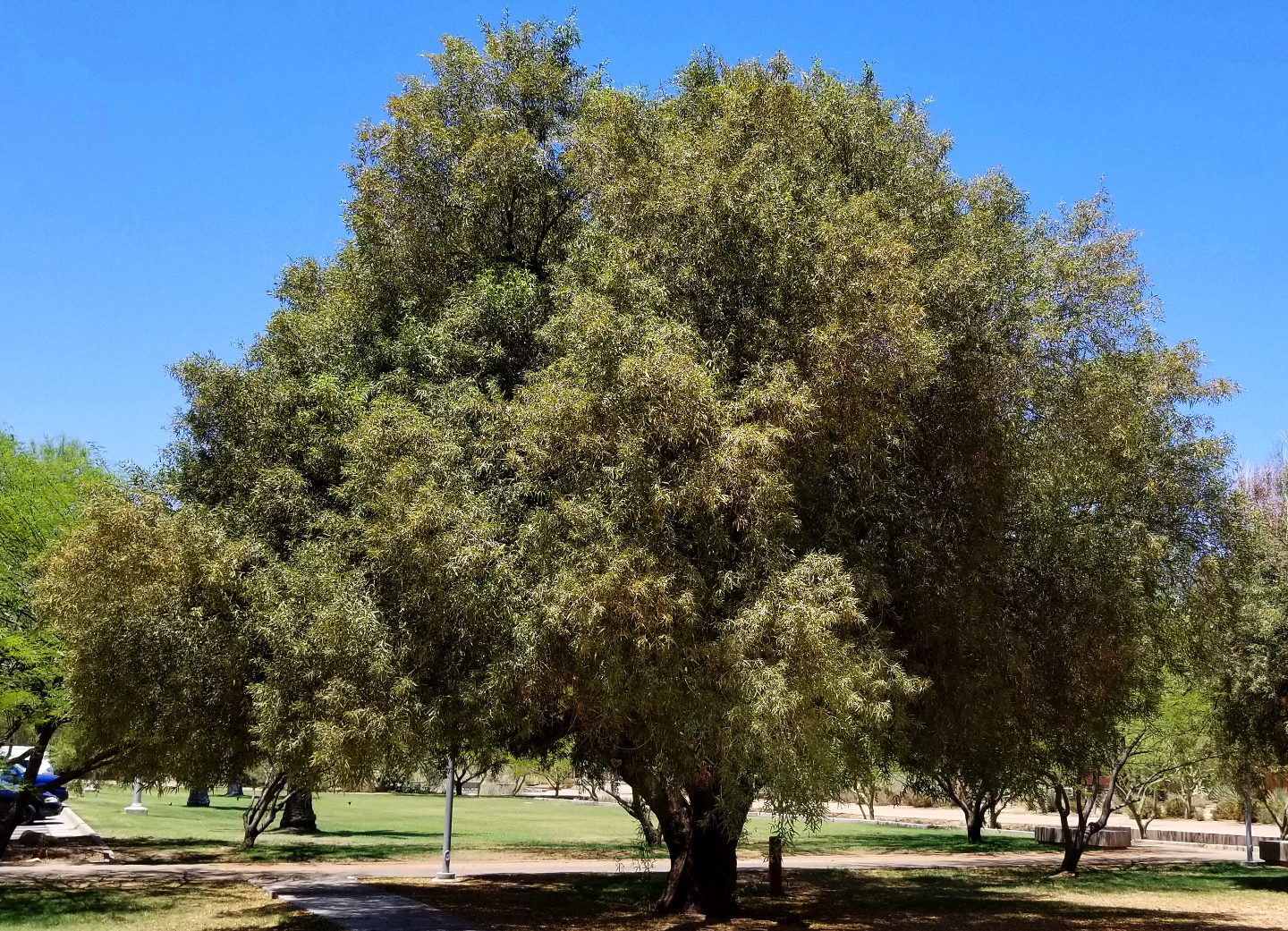african sumac tree allergies
Basically seedlings can germinate anywhere there is constant or seasonal sources of water. Tim Steller Arizona Daily Star.

Invasive Tree Could Be A Problem Tucson Com
Fragrant Sumac - Every year around middle to late summer rust develops on the bushes.

. Sitting in my backyard and writing last week I was seduced by a pretty tree waving at me. However not all sumac trees cause allergic reactions. African sumac has a moderate to high invasive potential in urban areas and surrounding riparian habitats.
They are easy to prune or shear and have minimal maintenance. Commonly found in North America and Africa sumac trees grow abundantly in the wild. Feather Palm and Desert Fan Palm.
But this is. A sumac plant is a type of small tree or shrub with compound leaves milky sap and fleshy fruit. Mulched Leaves From An African Sumac Tree - We mulched our new flower bed with leaves from.
The leaves appear in clusters of seven to 13. The rash is caused by an allergic reaction to the oil. Department of Agriculture plant hardiness zones 8 through 10.
These palm trees produce a large amount of pollen. This can lead to reactions in people who live near palm trees. These are Staghorn Sumac Smooth Sumac and Shining Sumac.
Some people find Arican sumac to be a source of allergies due to the pollen from male flowers during desert winters. Allergies to this tree are not common. This tree can cause constant sneezing in the people who react to it.
African sumac trees Rhus lancea are highly drought-tolerant and grow as shade trees in US. We had sprayed them in the latter part. So it is always better to have a basic understanding about the features of common sumacs including the toxic ones.
Poison sumac rashes are not common because the plant is not so widespread. So much for working from home. Poison sumac plants are characterized by red stems and bright green leaves.
An African Sumac tree is perfect for hot dry climates and for anyone that is looking for an attractive shade tree with a long lifespan. However those that do show reactions to this tree show it. Poison sumac or Toxicodendron vernix is more closely related to poison ivy and poison oak than.
Poison sumac is related to poison oak and poison ivy plants which also cause a similar rash. Cons of African Sumac Trees. They are also used for ornamental purposes due to the attractive fall foliage color.
These plants are grown around the world but are especially common in East Asia Africa and North America. Sumac refers to any flowering plant that belongs to the Rhus genus or the Anacardiaceae family which often consist of small shrubs and sumac trees that produce bright red fruits known as drupes. A Rhus lancea African Sumac can be trained to a single trunk or allowed to grow into a multi-trunk tree with a look that resembles an olive tree.
They typically get 10-20 tall and sucker to form colonies usually about 20-30 across. Three species of sumac look very similar in form and habit and are found commonly on the roadsides in the hedgerows and along the woods edges in Wisconsin.

Poison Sumac Rash Pictures And Treatment

Pucker Up And Enjoy Citrus Delights In 2020 Citrus Tree Indoor Growing Citrus Citrus Trees
/tree-of-heaven-invasive-plant-profile-5184401-hero-a4dfe665b1834698bb29870260729694.jpg)
How To Identify And Remove Tree Of Heaven
/poison-sumac-vs-staghorn-sumac-4772349-hero-c80c148bb6694759b4c5cae88a5223ab.jpg)
Poison Sumac Vs Staghorn Sumac The Major Differences

Fattoush Salad Recipe Edible Wild Plants Harvest Recipes Healing Herbs

Sumac An Overview Sciencedirect Topics
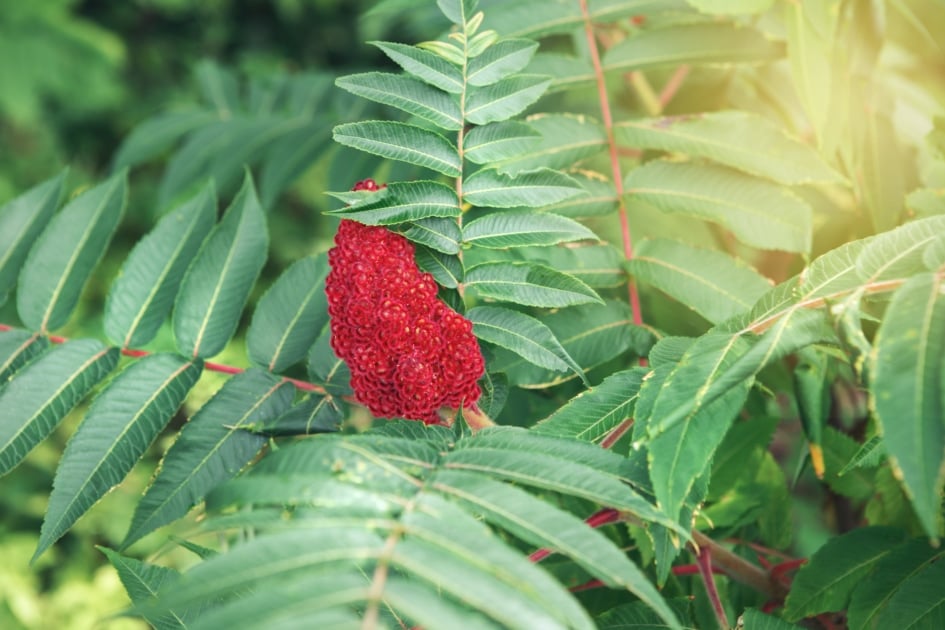
Wild Edibles Sumac Berries Farmer S Almanac
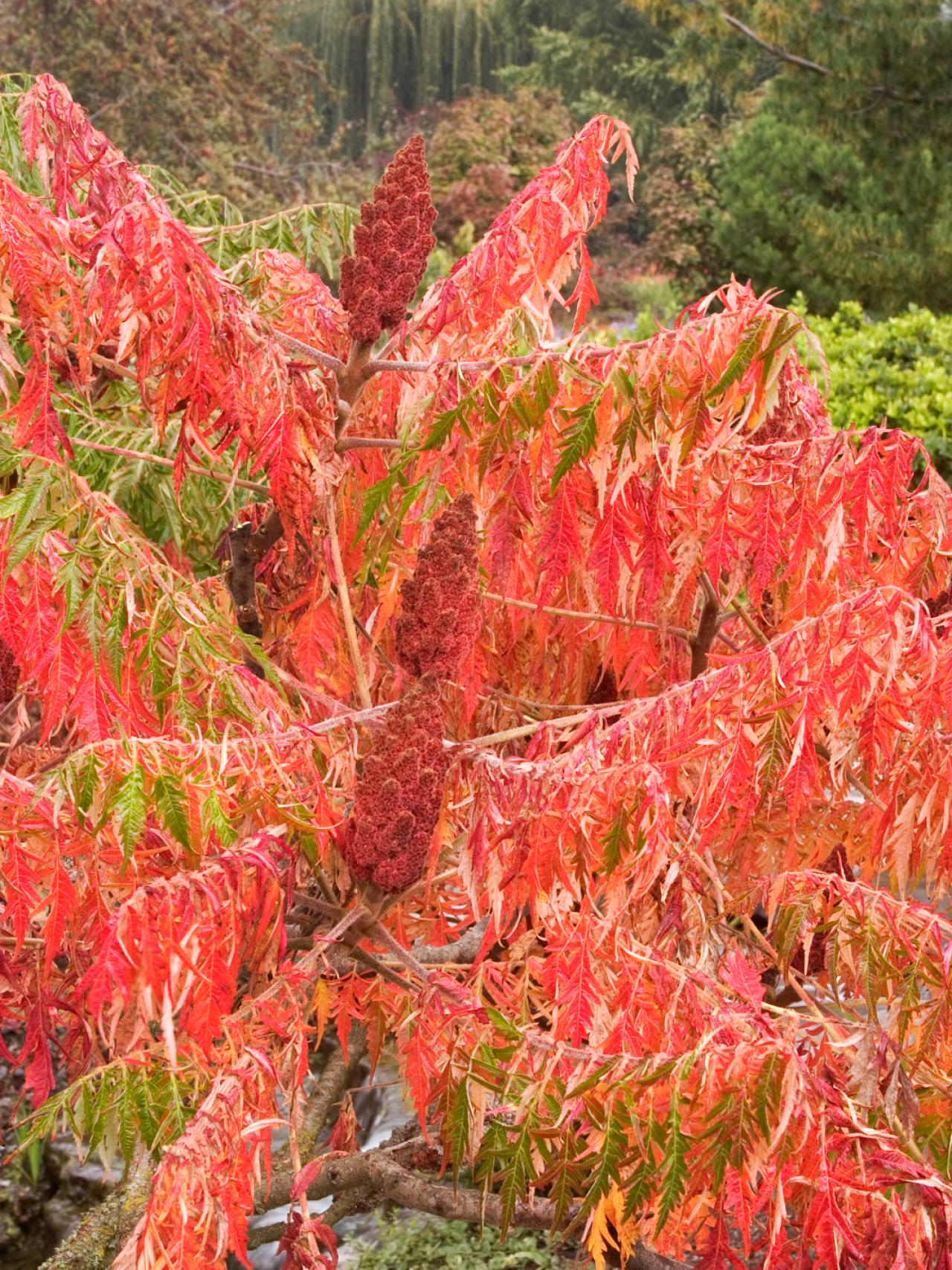
Sumac Trees Are Unsung Garden Trees Hgtv

Sacred Tree Profile The Medicine Magic And Uses Of Staghorn Sumac Rhus Typhina The Druids Garden

Staghorn Sumac Arca Del Gusto Slow Food Foundation

Photo African Sumac Rhus Lancea Shade Trees Porch Plants Xeriscape Front Yard

404 Page Not Found Ficus Nitida Fast Growing Trees Succulent Landscaping
